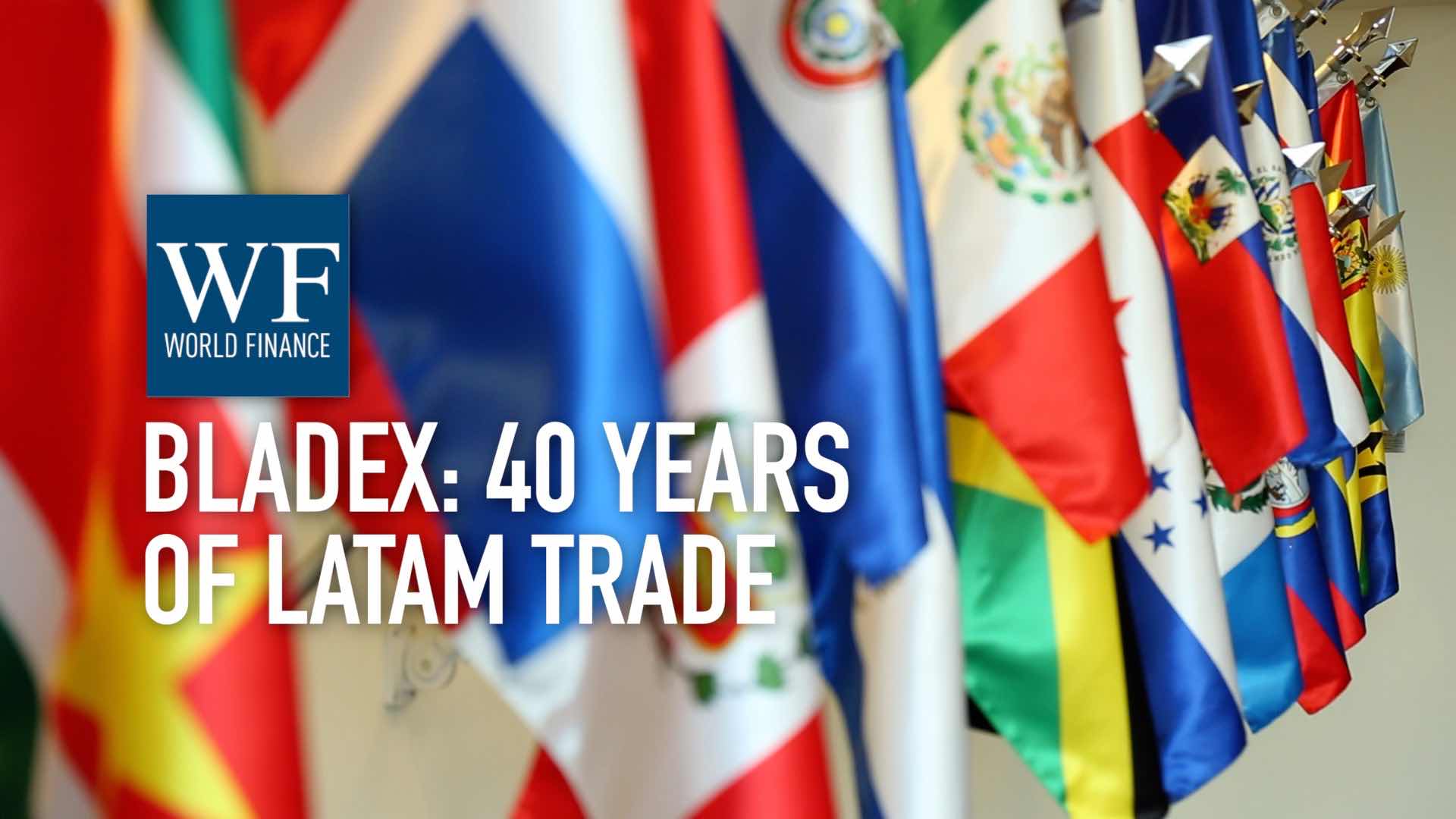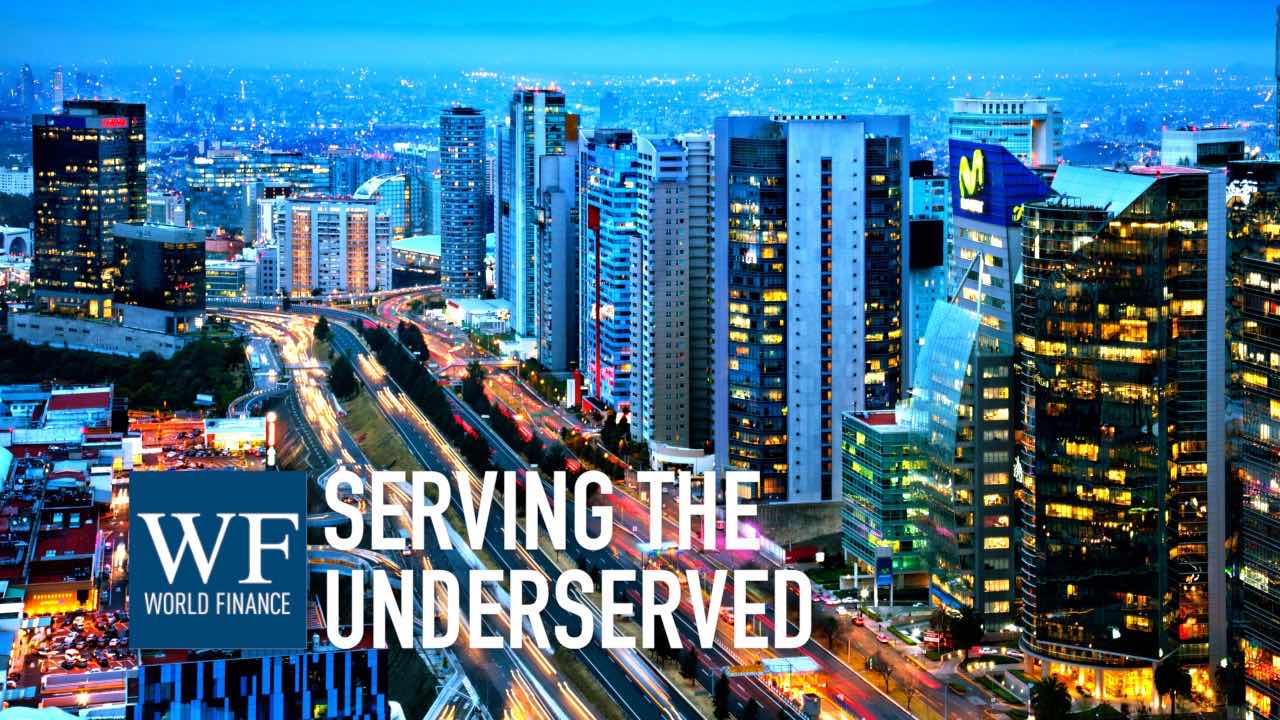Latin America must diversify beyond commodities to expand regional trade
Bladex CEO N Gabriel Tolchinsky dives into Latin America's main economies and the trends to watch out for
Related:
Transcript
Bladex, the foreign trade bank of Latin America, has been working to support and promote Latin American trade since the political and economic troubles of the 1970s and 80s. As Bladex celebrates its 40th anniversary, CEO N Gabriel Tolchinsky explores the economies of Brazil, Mexico and Argentina, and discusses the prospects for trade growth in the region. In the first half of this interview N Gabriel Tolchinsky talks about the bank’s origins and the role it will play helping Latin America overcome its current challenges.
N Gabriel Tolchinsky: When we look at Latin America and the opportunities in the region, we first need to focus on the top three economies.
Brazil, after a very significant recession in 2015 and 2016, had very little growth in 2017 and 2018, because of the political uncertainty. With the election behind us, and a bit more of a pro-market approach out of this government, we think Brazil could actually be poised for growth.
And interestingly, we don’t think we are dealing with a banking sector able to deal with an increase in credit demand if we start seeing genuine economic growth out of the country. We’re expecting around a 2.5 percent growth for 2018; if that were to be the case, Bladex expects to do some very good business there.
Mexico is going through a period of uncertainty, because the new administration needs to prove that it’s not going to deviate from what the world has believed to be established policy over the last 20 years.
Two specific things we were going to be following: the project to build an airport outside of Mexico City, and the continuation of the energy reforms. So far, the airport construction was essentially stopped, and the energy reforms – what we’re hearing out of the country has not been encouraging. For the time being, we’re not curtailing our exposure. But we’re going to be monitoring that very closely.
Argentina has gone through a significant crisis of confidence in 2018, that the country is trying to deal with, with the establishment of an IMF programme and a more austere policy with respect to expenditures and the curtailment of fiscal deficits on a go-forward basis. The problem with that is that a diminished expectation for economic growth in the country will result in some political uncertainty.
That said, there are some good opportunities in the Argentine private sector, because companies have been able to deal with macro uncertainties for quite a while, and they are prepared to endure such volatility. As such, we believe that there is some business to be done there as well.
From a trade perspective, Latin America continues to be very much a commodities story. Under a more stable commodity price environment, trade in Latin America could grow about six percent per annum, which is below what it used to be during the commodity price bubble, but still very respectable to provide for a basis of overall solid economic growth.
It’s really up to the individual countries in the region to be able to take advantage of that, and be able to do the type of long-term investments it needs, in order to diversify its economies beyond commodities – and have more of an industrial and knowledge base, so it can provide value to the world economy.

 Bladex celebrates 40 years of supporting Latin American trade
Bladex celebrates 40 years of supporting Latin American trade Crédito Real’s acquisitions strategy brings stability and higher yields
Crédito Real’s acquisitions strategy brings stability and higher yields
